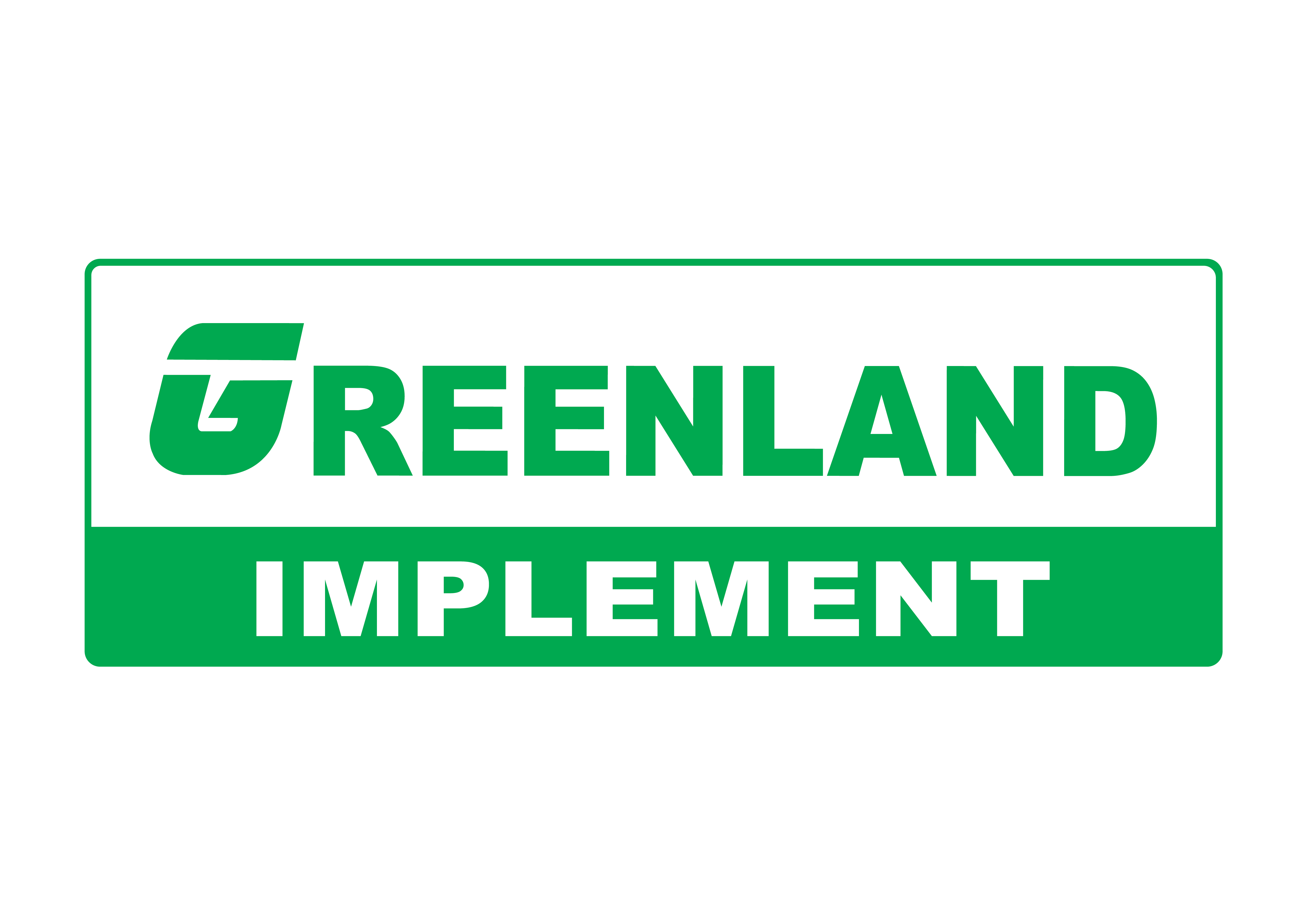The important periods of rice plants such as tillering, springing, flowering, it is necessary to choose and add appropriate nutrients to promote good absorption.
Rice farming is a combination of many technical factors from the beginning of the crop to the end of the crop. In which, the time of tillering, tilling and sprouting are important stages that are very decisive to the yield at the end of the crop. During these periods, rice plants are very sensitive to pests and nutrients, so proper support is required for the best growth of rice plants.
In addition, adverse conditions often occur such as rainstorms, alum poisoning, organic poisoning, etc., making rice plants weak, falling, and susceptible to pest attacks. Therefore, it is extremely necessary to have a healthy rice plant from the beginning, in which the premise of strong roots is always a solid start.

In the early stages, one of the priorities to be done is to help rice have many effective shoots (buds for cotton) and limit ineffective shoots because the number of effective shoots will determine the number of flowers/m2 and that is also a factor. most important for high productivity. In the later period, especially when the rice is blooming, it is necessary to continue to take care and nurture it carefully because at this time it will determine the number of seeds on the cotton. This is the second most important factor in the composition of productivity.
In order to ensure the above factors in the future, right from the beginning of the crop, many solutions must be synchronously combined. Specifically, it is necessary to choose the right sowing density and time according to the local sowing schedule, in addition to preparing the soil and cleaning the fields thoroughly to minimize the persistence of pathogens.
Next, it is necessary to add a balance of nutrients to the rice plant (without excess nitrogen), and at the same time it is necessary to closely monitor the field to promptly detect pests in order to offer appropriate and economical management measures.
At the same time, at important periods of the rice crop such as tillering, tillering – blooming, farmers can learn and choose to add suitable nutrients to promote the rice plant to excel in all aspects. Excellent absorption capacity, good root development.
Understanding the essential needs of people in the Mekong Delta after many years of companionship, Tan Thanh Trading Co., Ltd recommends using Plastimula 1SL product to support the comprehensive development of rice.

Farmers can use the product at the three important periods mentioned above (thrips, tillers, blooms) or at any time or even when the rice plants are sick to support rice because Plastimula 1SL has ingredients 100% natural and completely protein free.
During the tillering stage, Plastimula 1SL acts with a mechanism of stimulating the apical and root tip tissues to grow strongly, helping the rice root to produce more white and longer roots, developing more hairs to help the plant absorb maximum. amount of fertilizer to feed the shoots.
At the same time, it also helps to increase the number of effective shoots, reducing costs. In addition, strong roots also help the rice plant to cling to the soil well to limit falling later, reducing yield and quality losses.
At the beginning of the growing period, the rice roots tend to grow less slowly, the main role of the roots is to absorb nutrients for rice development. At this time, Plastimula 1SL will strengthen the root system of the rice plant and nourish the roots to be healthy, increase the ability to absorb nutrients and help the metabolism process inside the plant take place better. From there, it helps to promote the differentiation process so that there are many spikes on the cotton and more seeds on the spike.
Source: Nongnghiep.vn
